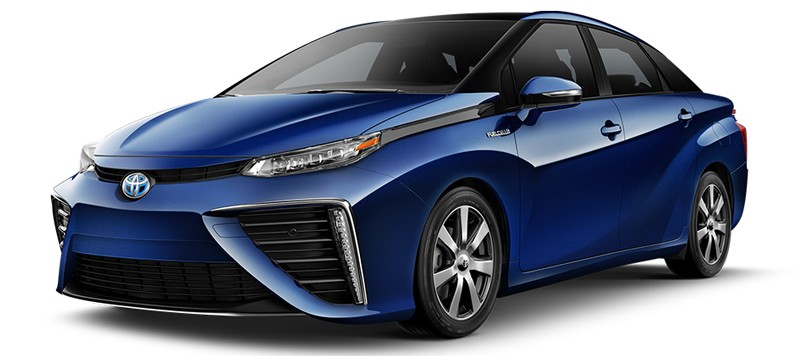Global hydrogen fuel cell vehicle market to grow at 82% through 2021

Hydrogen fuel cell cars
Global fuel cell market requires additional production of 90 million tons annually to sustain growth
Technavio analysts forecast the global hydrogen fuel cell vehicle (HCFV) market to grow at a CAGR of more than 82 per cent during the forecast period, according to Technavio’s latest report.
The market study covers the present scenario and growth prospects of the global hydrogen fuel cell vehicle market for 2017-2021.
It also examines the emerging trends and their influence on the current and future markets. The report also presents the vendor landscape and a corresponding detailed analysis of the four prominent vendors operating in the market.
Technavio automotive analysts highlight the following three market drivers that are contributing to the growth of the global hydrogen fuel cell vehicle market:
- Reduced emission and improved fuel economy
- Development of infrastructure to produce hydrogen
- Incentives and investments by governments
Reduced emission and improved fuel economy
Among the various techniques and solutions to overcome the challenges of GHG emissions, the concept of greener energy is considered significantly. Green energy refers to harnessing energy from renewable resources.
“Fuel cell technology reduces dependency on conventional energy resources and diversifies renewable energy sources. Further, HFCVs allow efficient operation with fewer vibrations and lower levels of noise pollution. A recent study from the National Research Council has revealed that GHG emissions from vehicles have declined owing to the use of HEVs and HFCVs,” said Siddharth Jaiswal, a lead analyst at Technavio for automotive manufacturing research
The long-term economic benefit of HFCVs is another driver that is shifting focus toward fuel cell technology.
Further, FCs are compact and lightweight, thereby the mileage of these vehicles is considerably higher when compared to plug-in electric vehicles (PEVs).
Development of infrastructure to produce hydrogen
Fuel cell electric vehicles use hydrogen cell as the primary fuel cell. Currently, around 80 million tons of hydrogen is produced each year worldwide at an average price of USD1.75/kg.
The global fuel cell market requires an additional production of 90 million tons annually to sustain growth.
Significant investments are being made to scale up the production of hydrogen and develop clean and emission-free hydrogen production technologies.
These technologies include thermochemical conversion of fossil fuels to hydrogen by steam methane reforming (SMR) or coal gasification processes with integrated carbon capture and storage units, biomass gasification, and the use of nuclear or renewable energy for water electrolysis.
“The application of fuel cells in fuel cell electric vehicles is directly related to the existence of hydrogen infrastructure. Many initiatives across the globe are driving the growth of the hydrogen infrastructure,” said Siddharth.
Incentives and investments by governments
Currently, most HFCVs in use are being adopted because of the strong push and support from government authorities.
Governments of large hydrogen vehicles markets such as Japan, the US, and Europe have come up with incentives and subsidies for private ownership and direct investments for the parallel development of hydrogen infrastructure.
For instance, starting from 2014, the government of Japan has been offering tax rebates of more than USD 19 thousand per HFCV purchase.
Although incentives schemes in other countries are not well settled, all major countries are investing funds in R&D of HFCVs and supporting infrastructure development for current and future markets.

Ph: 432-978-5096 Website: www.mapleleafmarketinginc.com









Production of H2 from hydrocarbon sources creates over 7 kg of CO2 per kg of H2, not counting additional fuel and CO2 required to provide heat for the Steam Reforming process and other inefficiencies.
For this reason alone, non-hydrocarbon sources for the H2 must be utilized, narrows the options to nuclear and renewable.
The National Renewable Energy Laboratory has extensively studied the use of wind energy to provide the electrical “feedstock” for production of H2 from water via electrolysis (there are also other methods). The advantage is that his is a completely renewable cycle. The problem is that their studies have shown that the cost of energy from wind is still too high to be considered to be viable. However, all of the other H2 production infrastructure does exist, and at acceptable costs (of course, any cost improvements would be welcomed).
A privately funded effort underway in Texas for the past several years was launched to address the wind energy cost problem.